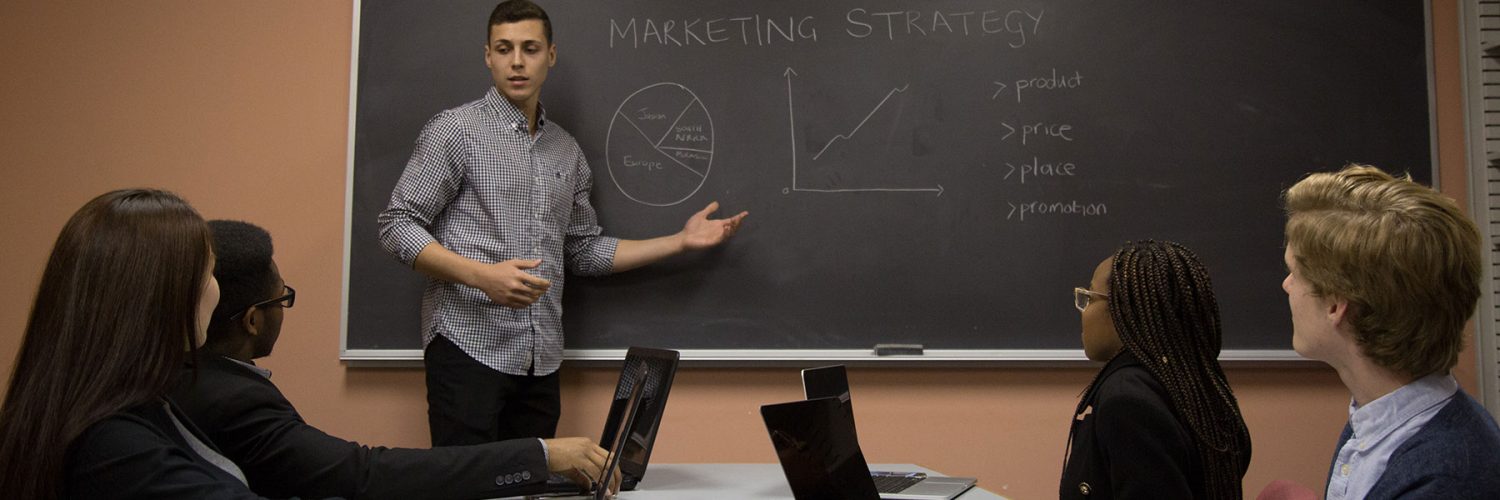
Starting and growing a restaurant can be a money intensive proposition. Buying or renting space, kitchen equipment, and furniture is only the beginning. Add to this the utility, salary and inventory, and it’s no surprise that so many restaurant owners struggle to make ends meet.
However, there are many sources of capital available to business owners who understand, and perhaps nothing is so important to the health of a restaurant that grows rather than debt. Loans, rent, credit cards, mortgages, and personal records of all kinds can make a new restaurant take off, or help a thriving restaurant grow.
No Money Down
Jimmy Kavopovis, 42, is the proud owner of Steele Creek Caf ?, a fast food-friendly place in an office park environment. This is the third restaurant business. The restaurant industry is currently very challenging, Kavopovis said, and finding loans for growth is part of the challenge. “In the past you could place equipment for collateral, but times have changed,” he complained. “Banks don’t lend money to restaurants that often.”
Nevertheless, Kavopovis has succeeded in developing a thriving business through the use of creative credit – both traditional and other. He built and owns the building where Steele Creek Caf is? operates, and owns another building – formerly the home of his first pizza restaurant.
Balancing effort
“Restaurants are very capital intensive,” said Lesley Kohn, principal at Nextaurant, Inc. San Francisco. “So there are some extraordinary ways to increase debt.” Nextaurant works with chefs and owner-operators on budgeting, fundraising, and operations. She has no lack of ideas and advice about using loans.
“Look at it holistically; too many companies are underleveraged,” Kohn says, referring to debt’s ability to multiply an owner’s profits without additional out-of-pocket cash. A holistic view of the business includes forecasting the budget for three to five years, understanding your personal income needs, and balancing the amount of debt with other factors, including cash flow and equity capital invested.
One weakness that Kohn most often sees among restaurant owners? “There aren’t enough people in the restaurant business to manage their numbers,” he said. “You must have a good budget to know what you are looking for.”
If the business owner knows how much money is needed in the long run, and how much profit (or cash) is left to make loan payments, then getting a loan will be much easier. Kohn said he had helped secure debt from various sources, but the basics were the same – to be able to borrow money, you had to be able to show how you would repay it.
Where to Look
When it comes to finding lenders, it helps to think broadly “We’ve dealt with banks, as well as a ton of private sources, ranging from [commercial finance] institutions, the SBA, friends, family, angel investors, and other high net worth individuals,” says Kohn.
Each source of capital has its own advantages and disadvantages. Banks and commercial finance lenders tend to have higher rates of interest, while individual investors may want to have a say in how the business operates. Borrowing from friends and family, of course, can lead to trouble in all kinds of ways.
However, sometimes the people who know you the best are most qualified to lend your capital.
In the Jimmy Katopovis case, did he have two advantages when opening Steele Creek Caf? – real estate to get loans from banks, and families who can afford to borrow additional capital.
“I got a pretty good requirement through a bank,” said Katopovis, who borrowed 100% of construction costs during a period of very low interest rates. “But the deal is much sweeter than my father’s,” he grinned. “That doesn’t interest me.”
A successful recipe
Using personal assets as collateral for restaurant loans, as Katopovis did with his real estate, is an important strategy to consider, Kohn said. But, she warns, mixing the various interests of the restaurant, the owner, and other investors can get messy. “Everything is project dependent. You can put up personal assets, but talk to somebody who understands how to balance debt and equity. Talk to somebody you trust and come up with something that makes sense.”
Finding the right sources of funds, while balancing the restaurant’s ability to repay loans and compensate owners, is one of the hardest problems of any business. Because restaurants need so much capital, the challenges are magnified. “This is not an easy and quick fix,” Kohn added. “These are some of the most complicated things: capital is the fuel of your business.”
Katopovis looks forward to the next restaurant project, and says that debt will again play a big role in completing it. It does not matter that it is, in its own words, “sufficiently tapped.” No doubt he will succeed in mixing a new formula. “I might go through a bank, and this time my father’s signature will be a guarantee,” he said. “He has become my backbone.”




